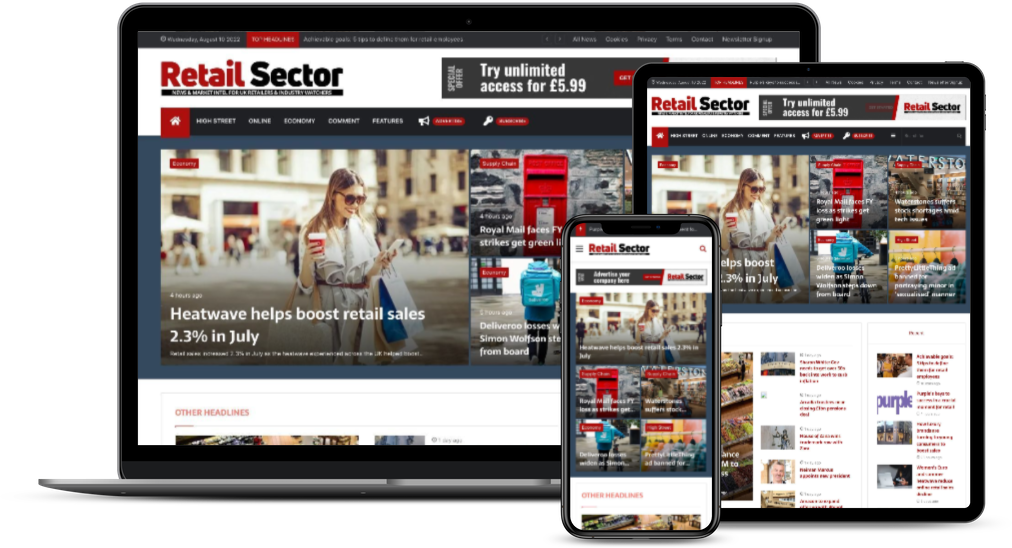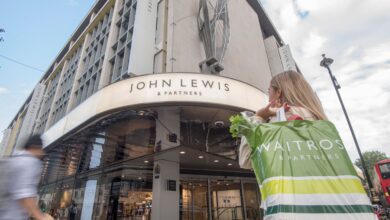The end of the High Street as we know it? Part II

Like many other Retail Sector readers, I found Kareena Uttamchandani’s post this week about the end of high street fascinating reading. She highlights a couple of reasons why traditional retail is struggling, principally the rise of online shopping, but also the fact that we live in the age of the customer, the idea being that consumers buy from other consumers and they want to read reviews and leave feedback, both of which are best done digitally.






